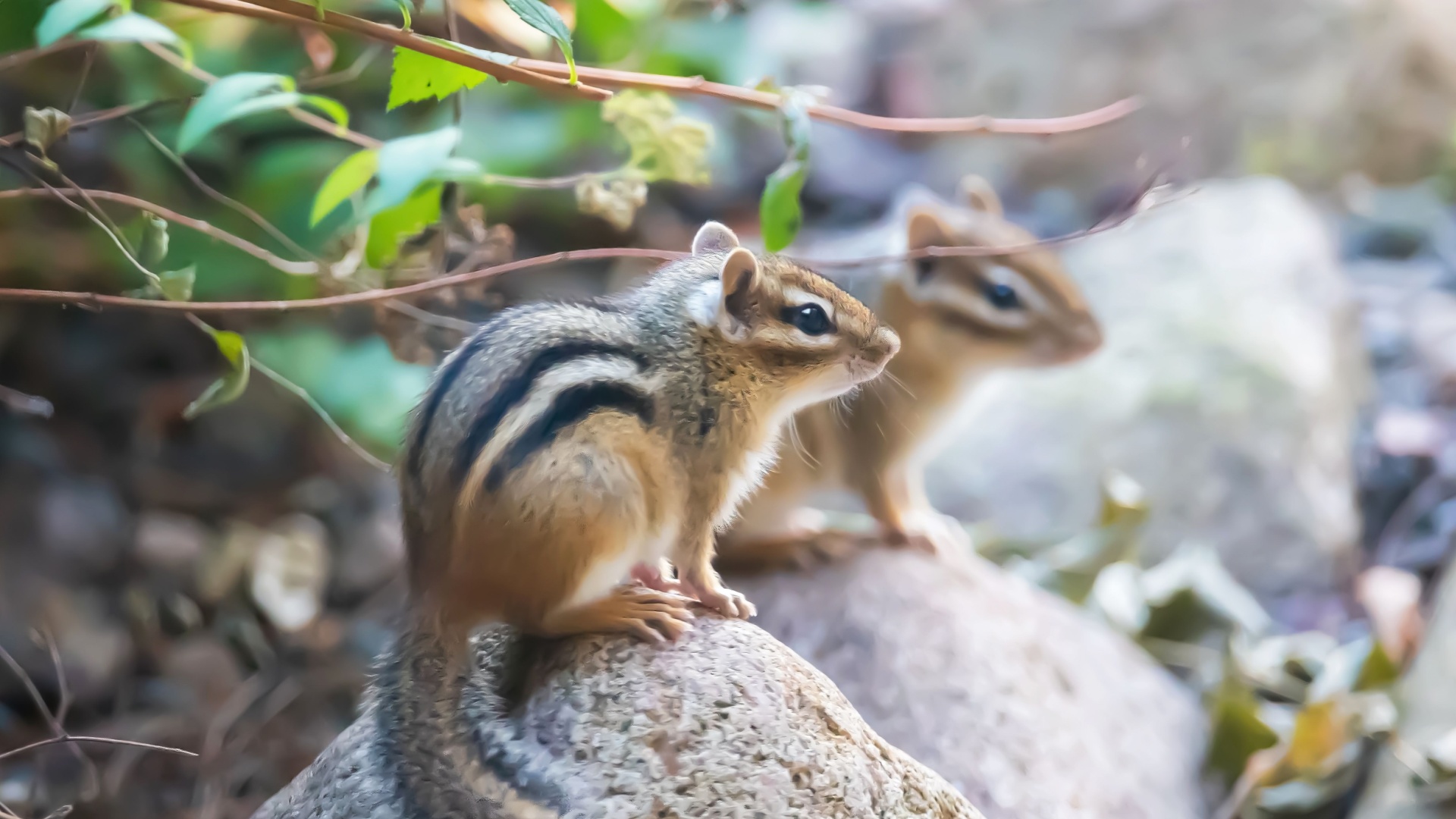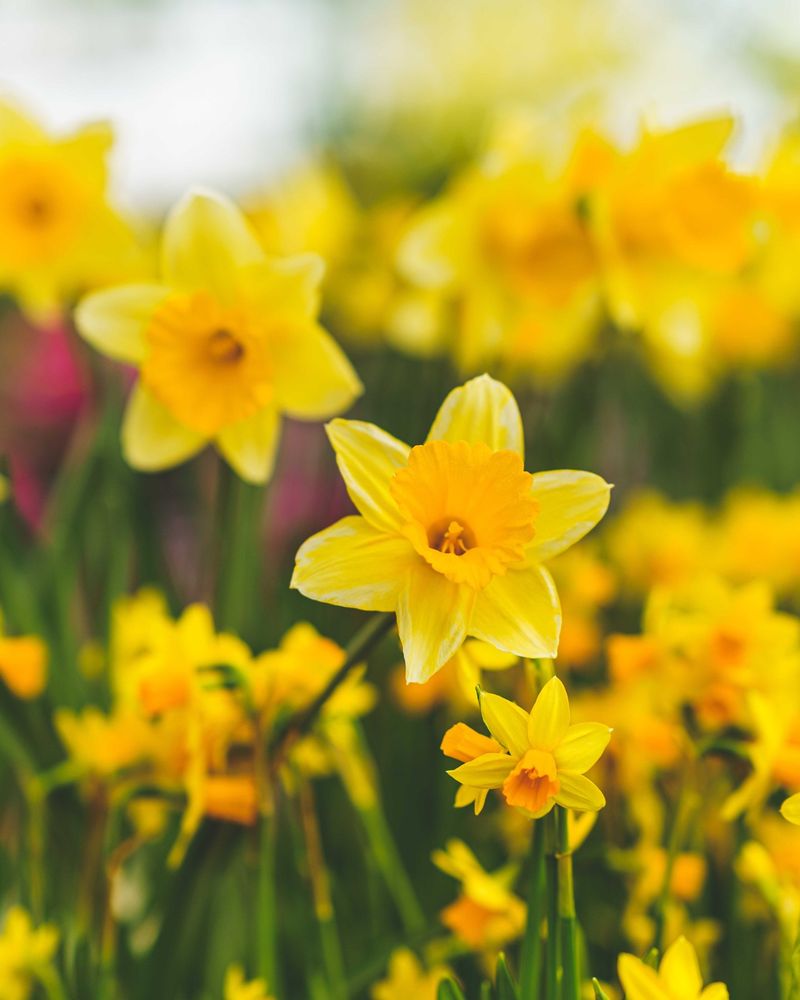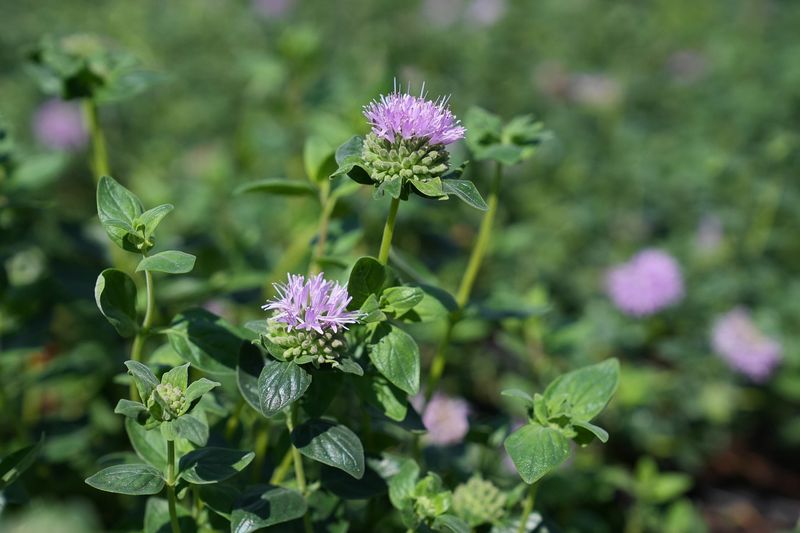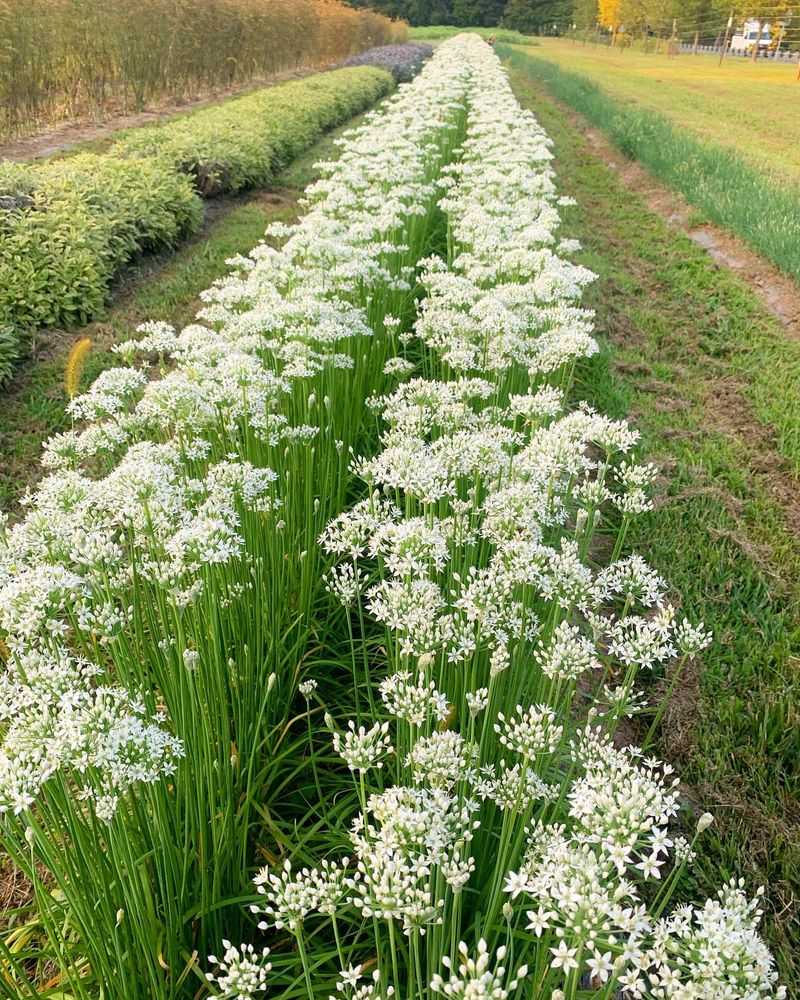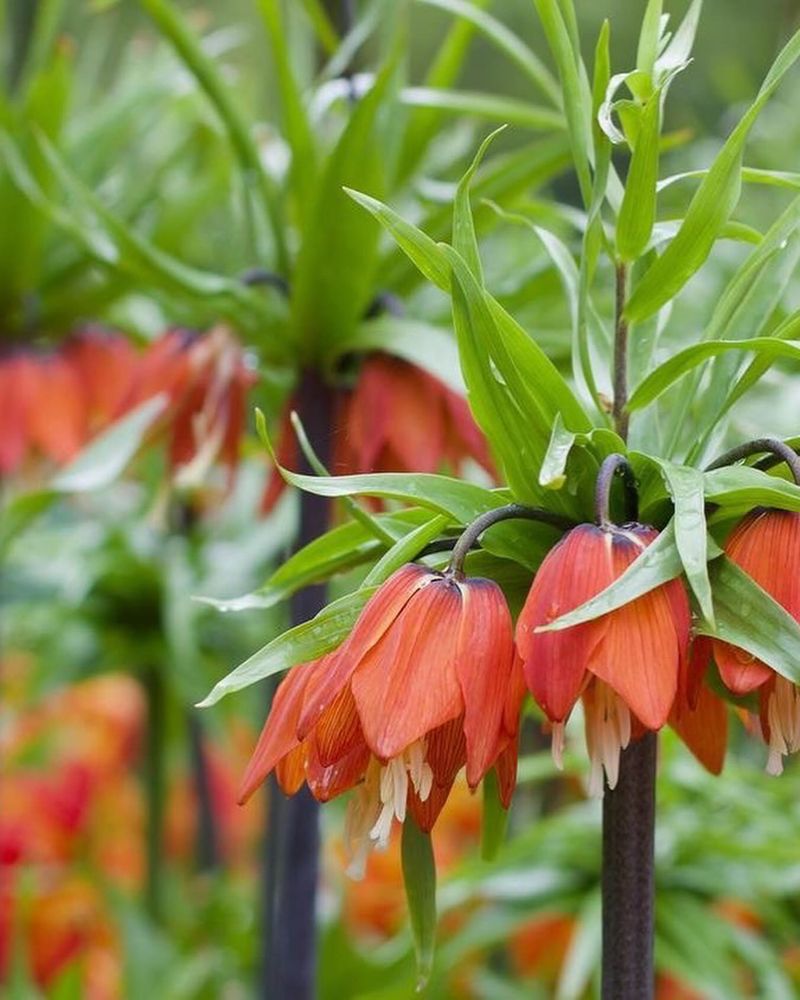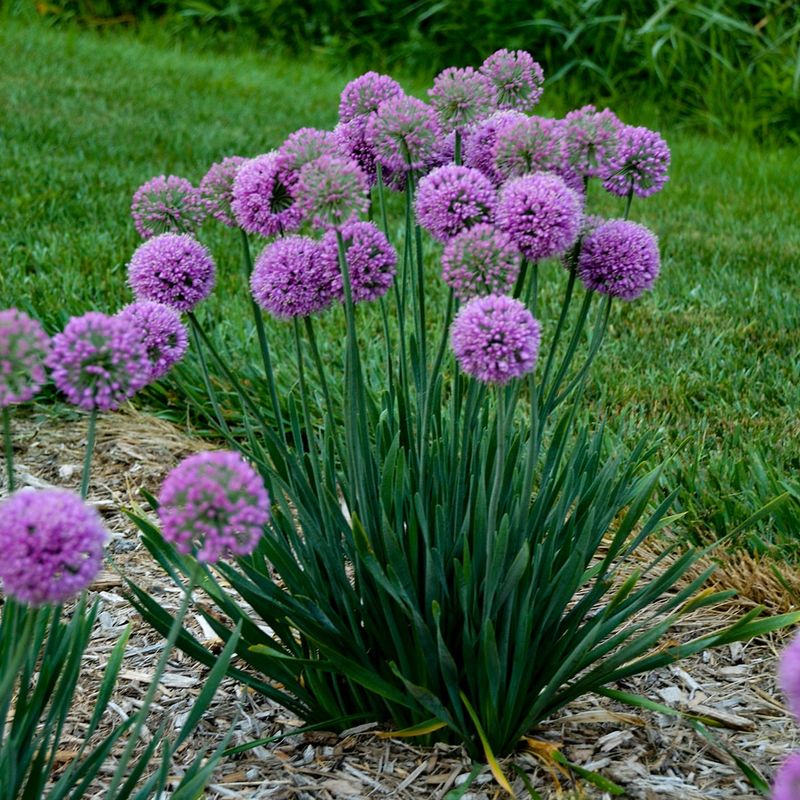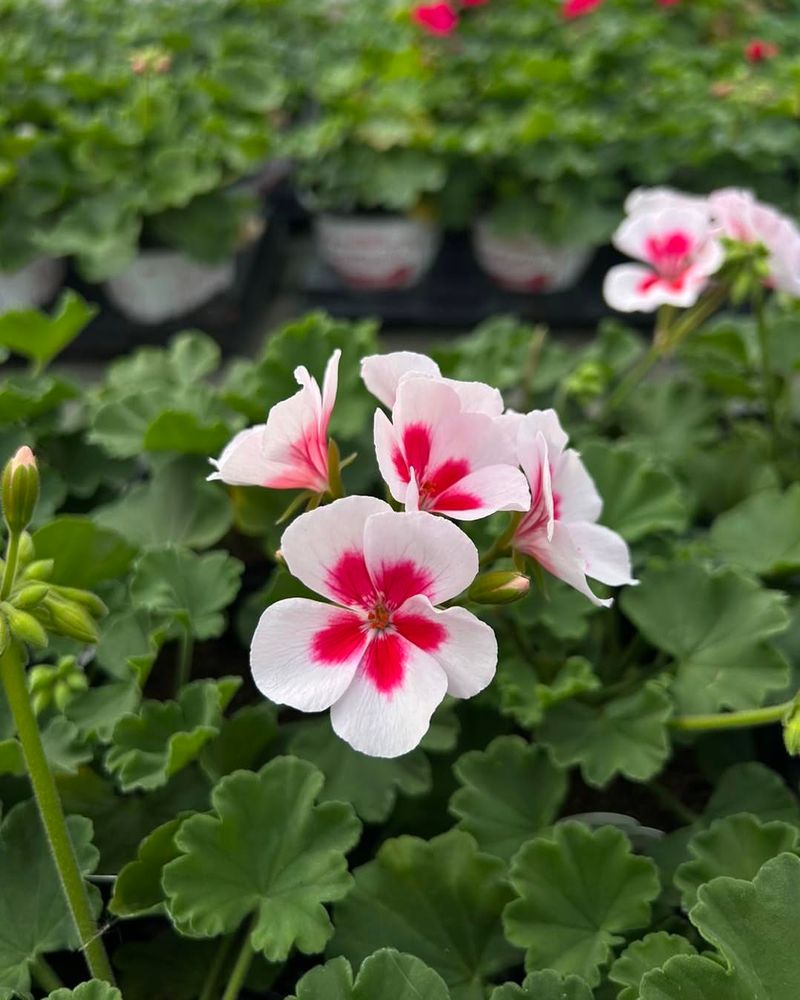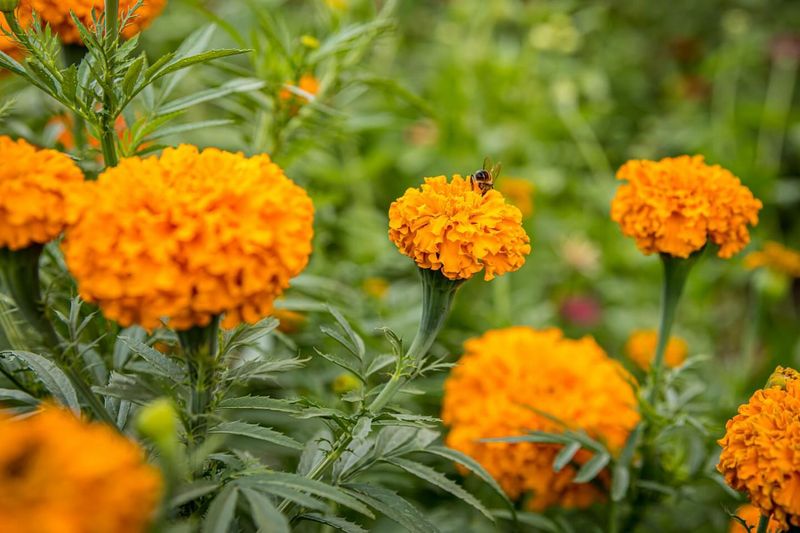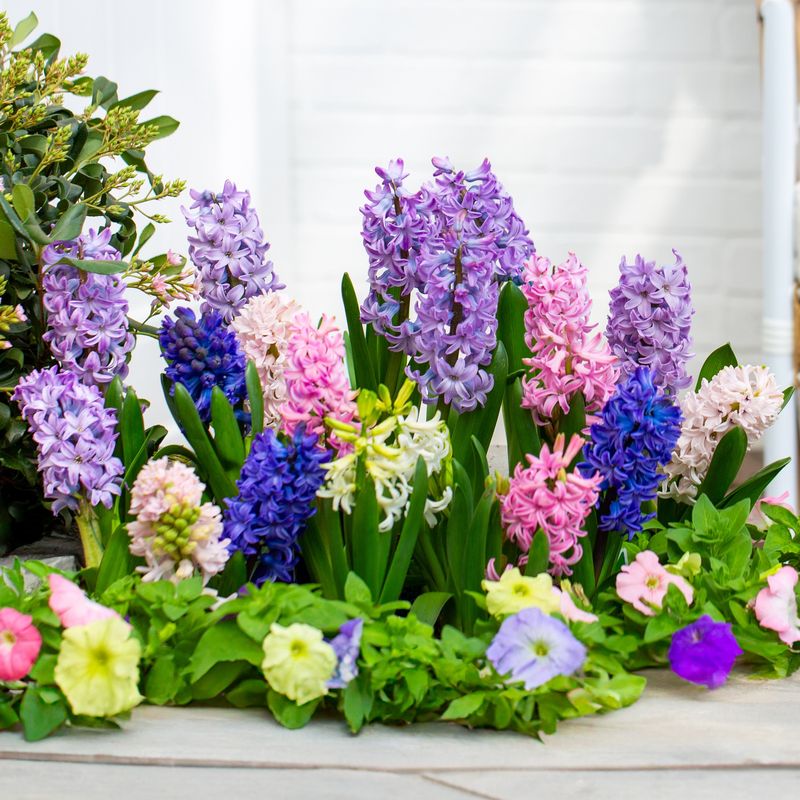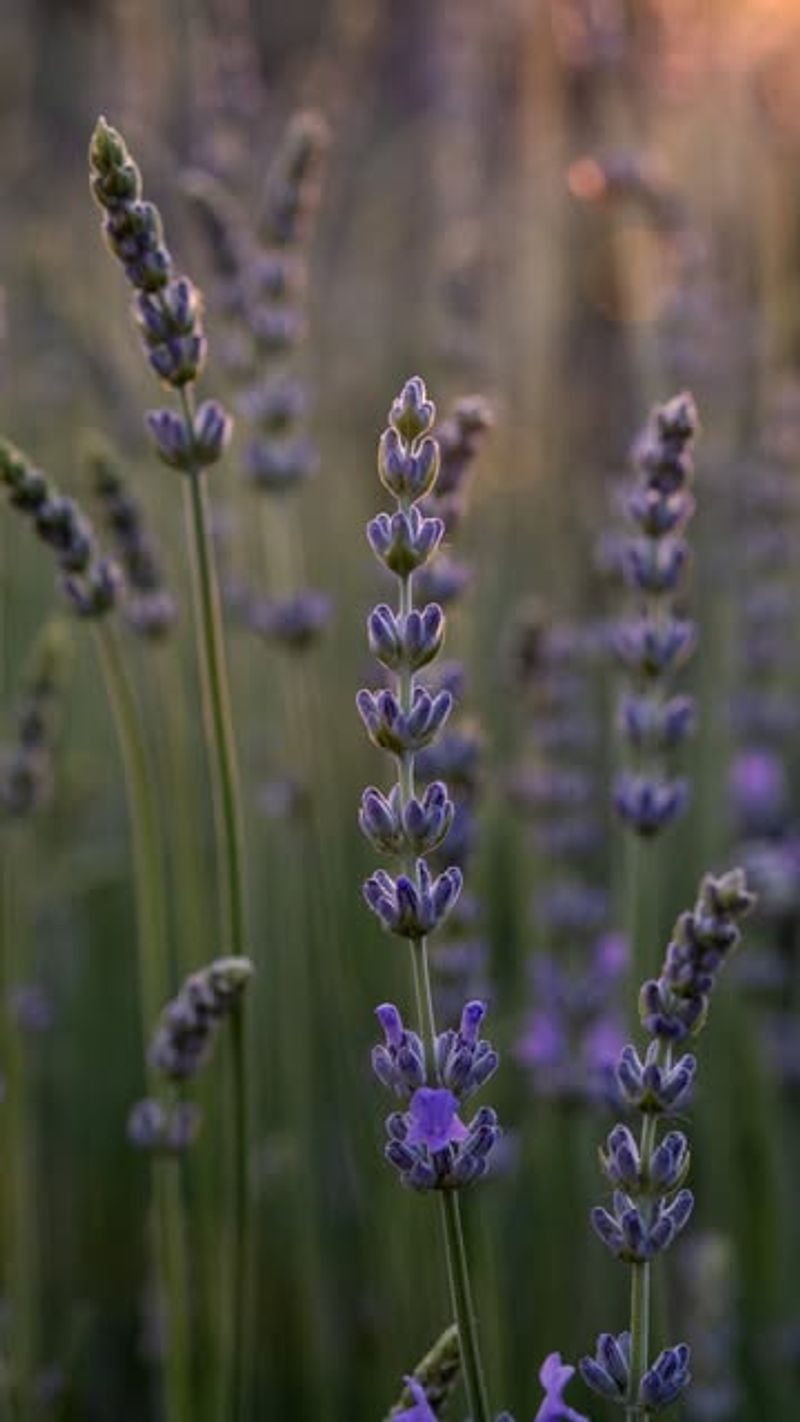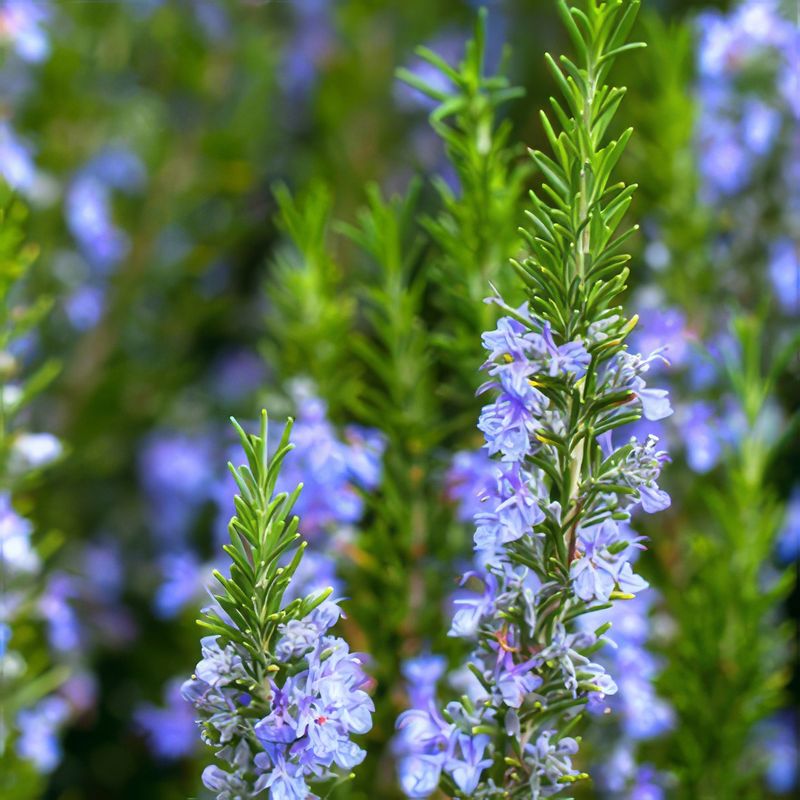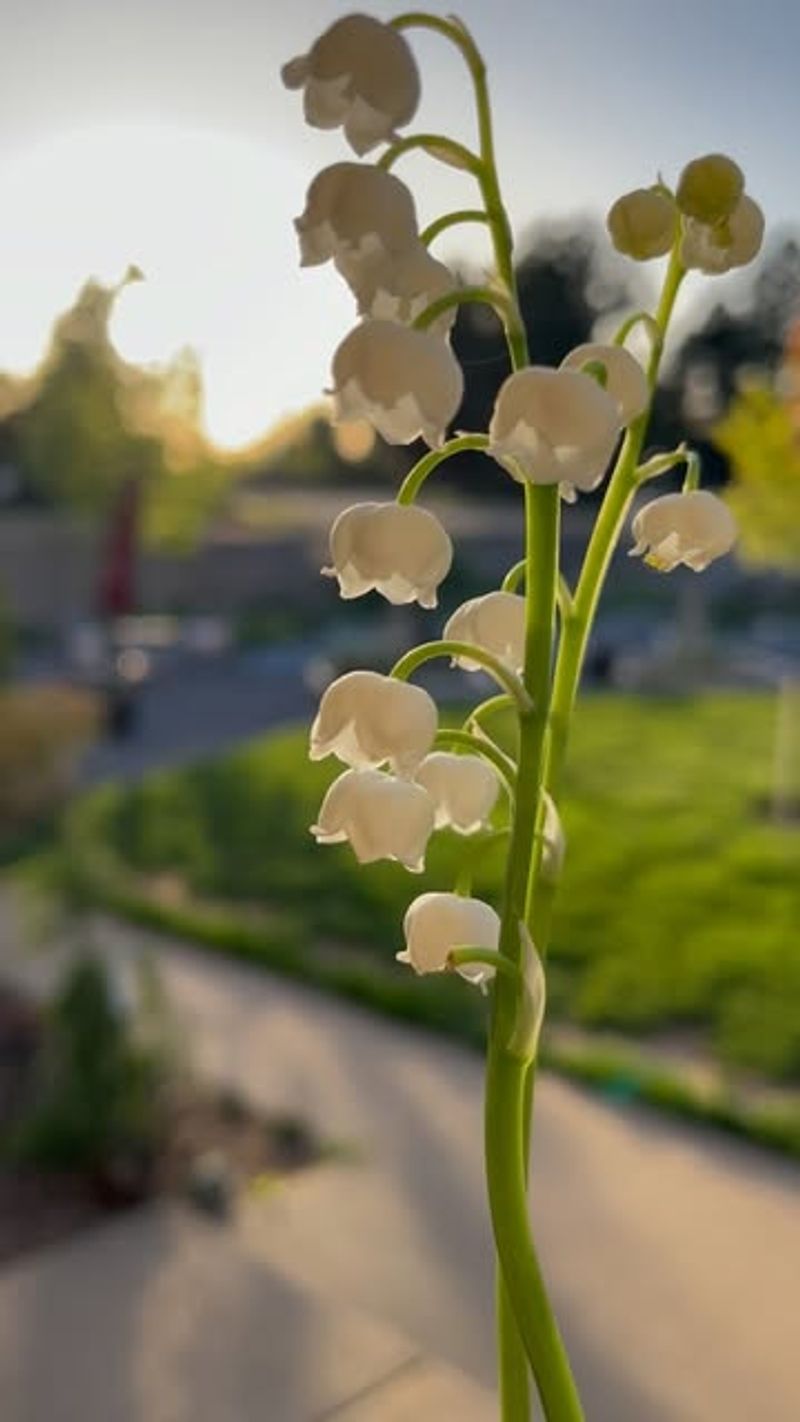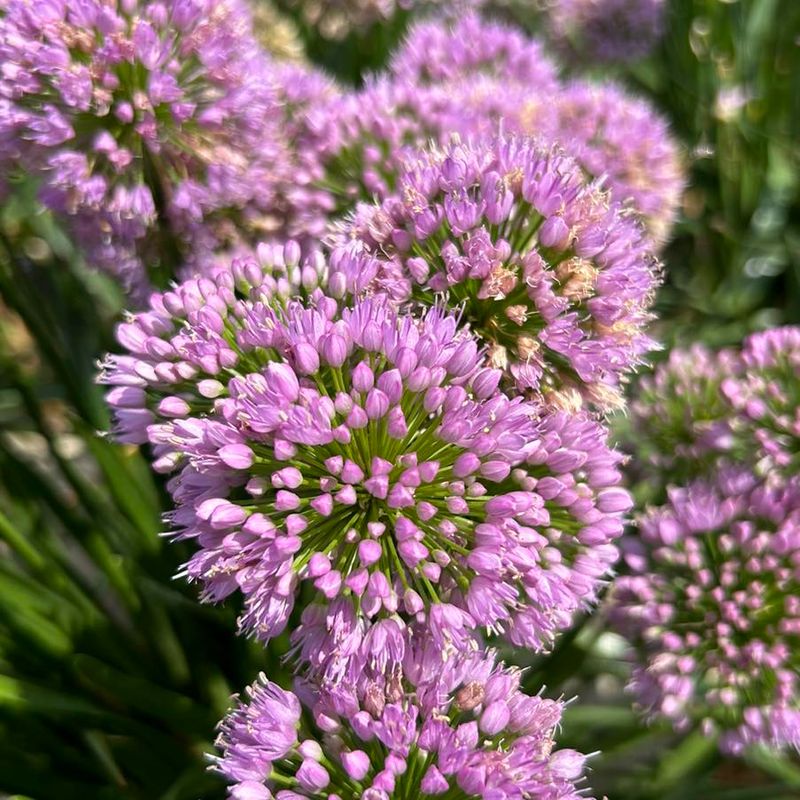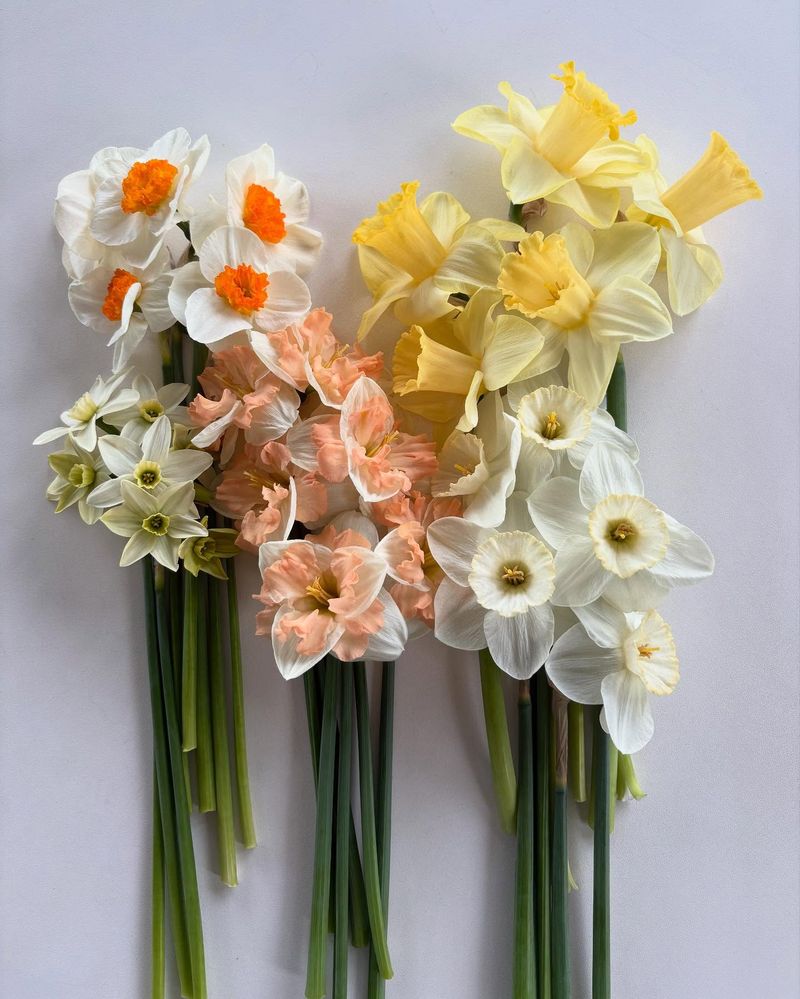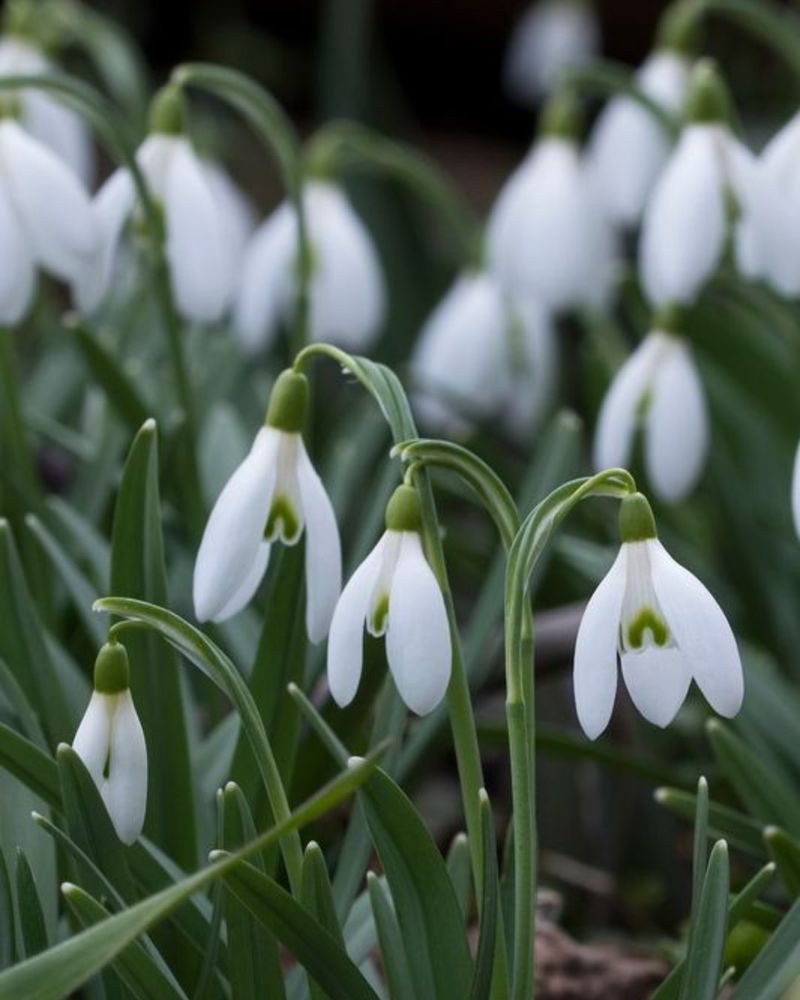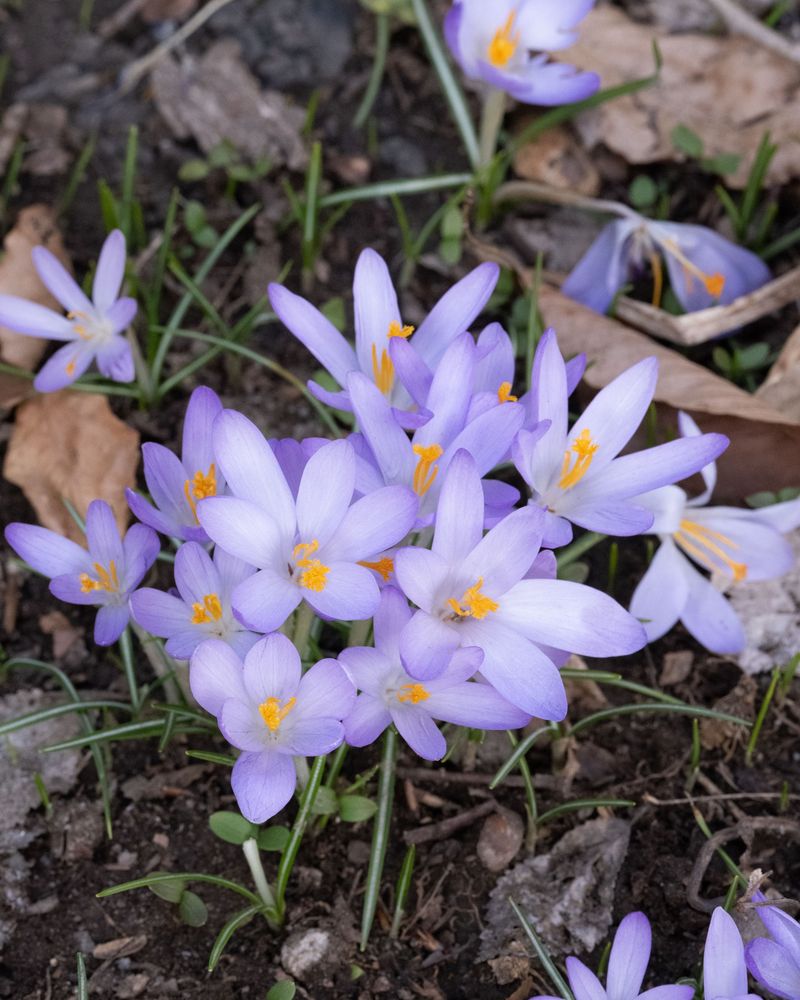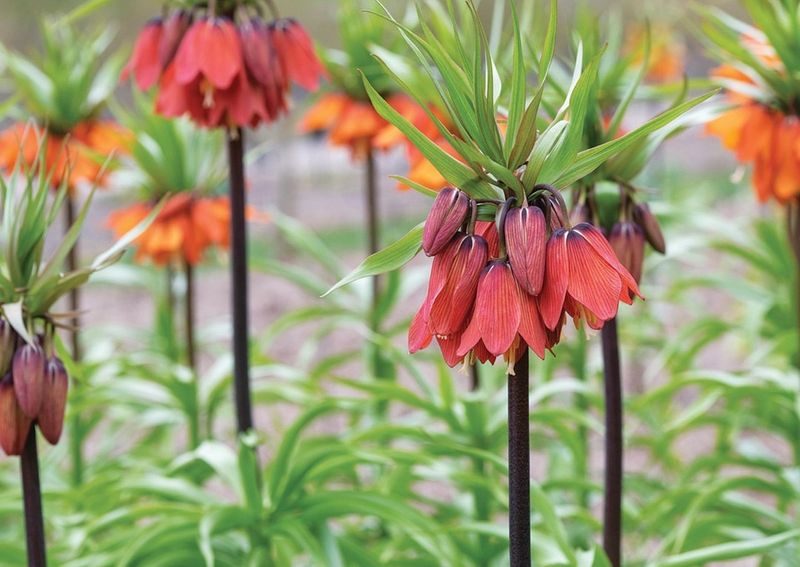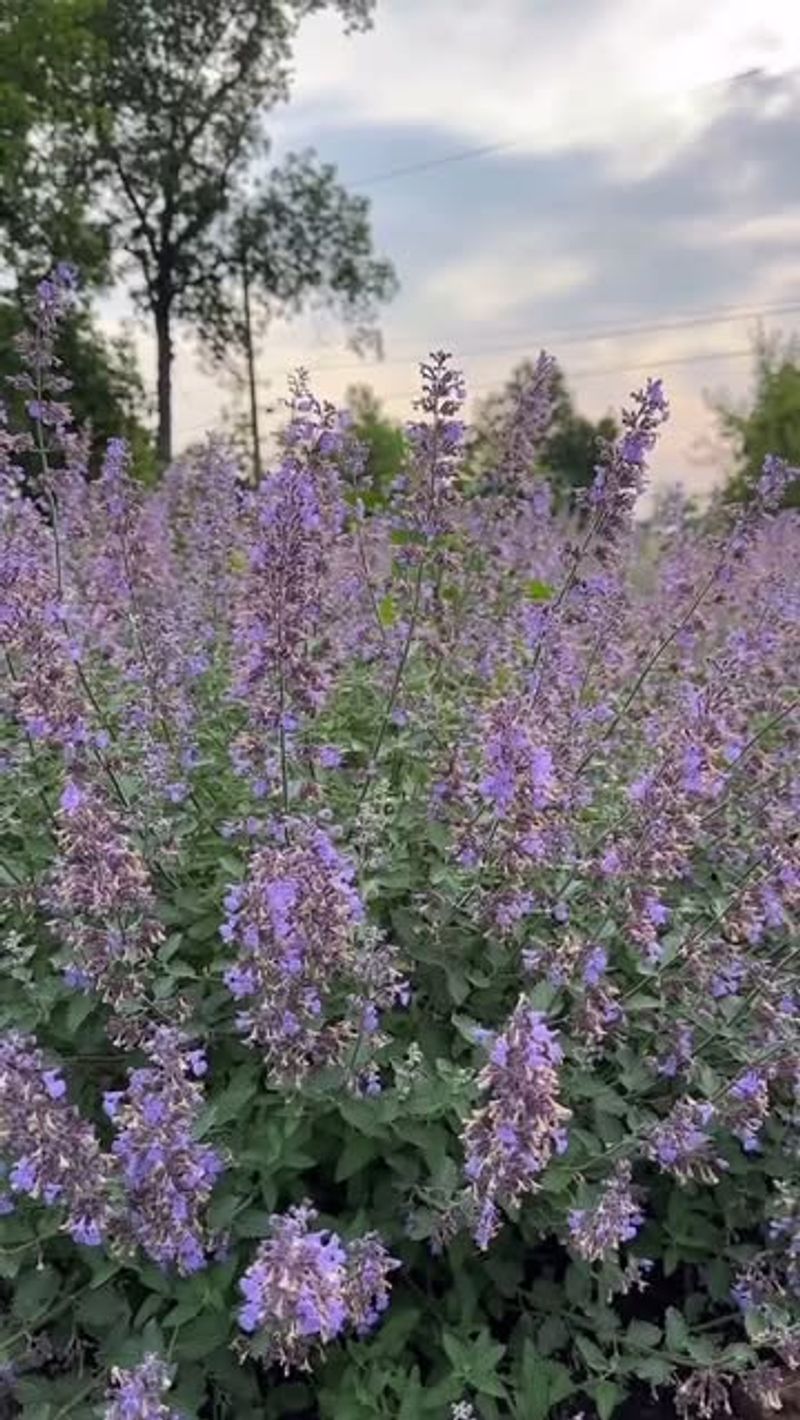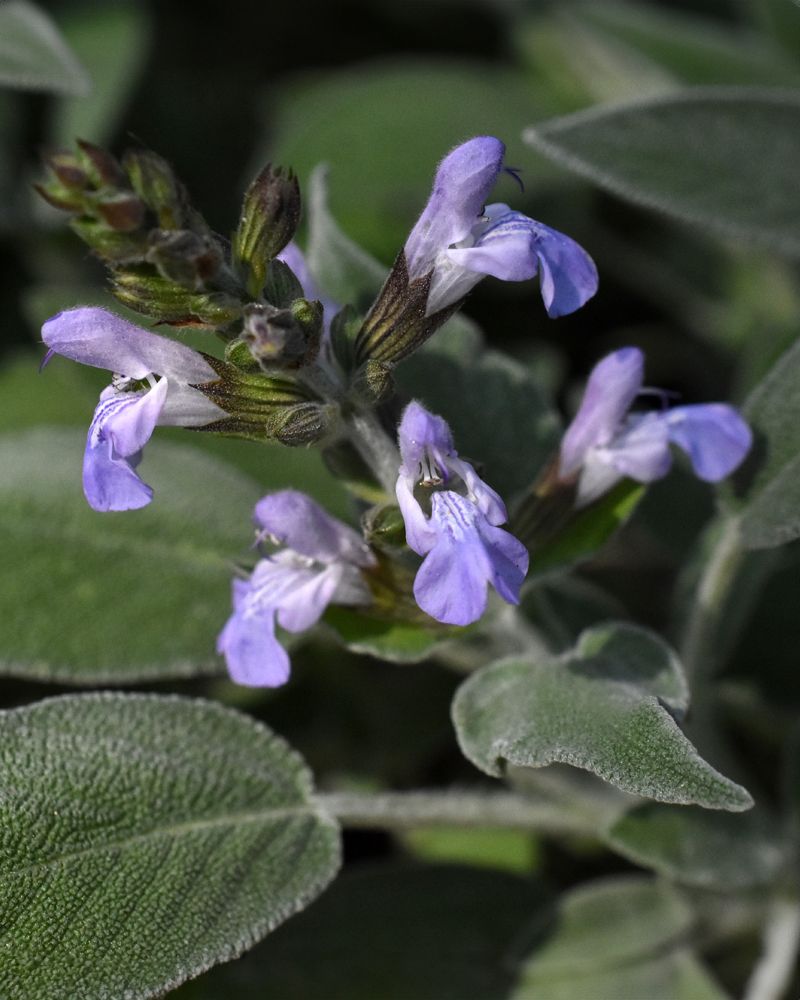If squirrels and chipmunks are digging up your garden or raiding your feeders, there’s a gentle way to keep them out—no traps, no toxins. These 18 plants naturally repel them with scents and properties they can’t stand, all while keeping your yard beautiful and safe.
It’s pest control the kind way—effective, eco-friendly, and plant-powered.
1. Daffodils
Bright yellow daffodils aren’t just pretty spring flowers – they’re natural squirrel deterrents! These cheerful blooms contain lycorine, a toxic alkaloid that makes rodents steer clear. Plant daffodil bulbs in fall for spring protection around garden borders or near vulnerable plants.
As a bonus, deer also avoid these flowers, giving you double protection. The bulbs work even better than the flowers for repelling critters, so you’ll have protection even after blooming season ends.
2. Mint
Gardeners adore mint for its refreshing scent, but squirrels and chipmunks can’t stand it! The strong aroma overwhelms their sensitive noses, creating a natural boundary they rarely cross. Growing mint around the perimeter of your garden creates an aromatic barrier.
Just remember that mint spreads aggressively, so plant it in containers or use barriers to control its growth. For extra protection, crush a few leaves occasionally to release more of the potent oils that drive critters away.
3. Garlic
Nothing says “stay away” to squirrels like the pungent aroma of garlic. The strong sulfur compounds that give garlic its distinctive smell act as a natural repellent that confuses and irritates rodent noses. Plant garlic cloves in fall for a dual-purpose crop – you’ll harvest tasty bulbs while protecting your garden.
Strategic placement between vulnerable plants creates protective zones throughout your garden space. Bonus: garlic also deters many insect pests, making it a multi-purpose defender in your garden arsenal.
4. Fritillaria
With their unusual checkered patterns and bell-shaped blooms, fritillaria flowers bring unique beauty while keeping rodents at bay. These spring-flowering bulbs contain powerful compounds that emit a skunk-like odor when disturbed. Humans can barely detect the scent, but squirrels and chipmunks find it absolutely revolting!
Plant fritillaria bulbs in fall, spacing them around vulnerable garden areas or prized plants. Crown imperial fritillaria varieties are especially effective with their dramatic appearance and stronger deterrent properties.
5. Alliums
Those gorgeous purple pom-pom flowers aren’t just showstoppers – they’re squirrel-stopping superstars! Alliums belong to the onion family, packing a punch with their sulfur compounds that rodents absolutely detest.
Plant allium bulbs in fall for spring and summer protection. Their tall stems and distinctive globes add architectural interest while creating no-go zones for furry pests. For maximum effectiveness, plant different allium varieties for a succession of blooms that provides longer-lasting protection throughout the growing season.
6. Geraniums
Geraniums pack a one-two punch against garden raiders with both scent and taste working as deterrents. Their distinct fragrance masks the smell of tastier plants while their slightly fuzzy leaves feel unpleasant underfoot to small creatures.
Scented varieties like lemon or peppermint geraniums offer even stronger protection. Place potted geraniums strategically around garden edges or intersperse them with vulnerable plants. As an added benefit, these colorful bloomers attract beneficial pollinators, making them true garden multi-taskers in your pest management plan.
7. Marigolds
Marigolds have earned their reputation as garden guardians with their distinctive spicy scent that masks the smell of tasty vegetables. The pungent oils in their bright orange and yellow blooms confuse squirrels’ sensitive noses. French and African marigold varieties offer the strongest protection.
Plant them as borders around vegetable gardens or intersperse them between vulnerable plants for maximum coverage. Their roots also release compounds that deter soil pests, making marigolds true multi-purpose protectors that keep working above and below ground.
8. Hyacinth
Hyacinths bring springtime joy with their heavenly fragrance that humans adore but squirrels avoid. These bulbs contain alkaloids that taste bitter and can cause stomach upset if rodents dare to nibble. Their strong perfume also masks the scent of other plants that might tempt hungry critters.
Plant hyacinth bulbs in fall, clustering them around areas that typically suffer from squirrel damage. For continuous protection, combine with other spring bulbs like daffodils and alliums to create a comprehensive defense system that blooms in succession.
9. Lavender
Lavender’s soothing scent might relax humans, but it sends squirrels and chipmunks running in the opposite direction! The concentrated essential oils in lavender’s silvery foliage and purple blooms overwhelm rodents’ sensitive noses. This drought-tolerant perennial thrives in sunny spots with well-drained soil.
Plant lavender near entry points to your garden or around particularly vulnerable plants for targeted protection. As an added benefit, lavender attracts beneficial pollinators while its strong scent helps mask the smell of nearby fruits and vegetables that might otherwise tempt hungry critters.
10. Rosemary
Rosemary’s intense piney fragrance does double duty – flavoring your favorite dishes while creating a scent barrier that confuses and repels garden raiders. The aromatic oils concentrated in its needle-like leaves are simply too powerful for squirrels’ sensitive noses.
This Mediterranean herb loves sunny, dry conditions and can be planted in borders, containers, or as a low hedge. Brushing against the plants releases more oils, intensifying the repellent effect.
For maximum protection, place rosemary plants near vulnerable vegetables or fruits that typically attract unwanted attention from furry foragers.
11. Lily of the Valley
Behind their delicate appearance and sweet fragrance, lily of the valley plants harbor cardiac glycosides that taste terrible and cause digestive distress to nibbling rodents. Squirrels quickly learn to avoid these pretty but potent bloomers.
These shade-loving perennials spread to form dense colonies that create effective barriers. Plant them around tree bases or along fence lines where squirrels typically enter your yard.
Remember that all parts of this plant are toxic to humans and pets too, so place them thoughtfully in areas with limited access for children and animals.
12. Onions
Gardeners have long used onions as natural pest control, and for good reason! Their pungent sulfur compounds create an invisible barrier that makes squirrels and chipmunks think twice before digging.
Plant onion sets or seeds around the perimeter of garden beds or intersperse them between vulnerable plants. Their growing tops release deterrent scents even before harvest time.
Green onions work especially well as quick-growing protective borders that can be harvested throughout the season while continuously providing protection for neighboring plants.
13. Narcissus
Narcissus flowers bring early spring color while actively discouraging furry garden invaders. Like their daffodil cousins, these bulbs contain lycorine, a bitter alkaloid that squirrels instinctively avoid.
The bulbs themselves taste terrible and can cause digestive upset, teaching squirrels a quick lesson about avoiding your garden. Plant narcissus in clusters around vulnerable areas or use them to create protective borders.
For maximum protection, combine different narcissus varieties for extended blooming periods that provide longer-lasting deterrent effects throughout the spring season.
14. Galanthus (Snowdrops)
Snowdrops emerge through winter snow as the earliest harbingers of spring, bringing both beauty and protection to your garden. These delicate white flowers contain alkaloids that taste bitter and cause stomach upset to curious rodents.
Squirrels quickly learn to leave snowdrop bulbs alone after an unpleasant first encounter. Plant them in drifts under deciduous trees or around the base of bird feeders where squirrel activity is highest.
Once established, snowdrops will naturalize and spread, creating expanding zones of protection year after year with minimal maintenance required.
15. Crocus Tommasinianus
Most crocus varieties are squirrel magnets, but ‘Tommies’ break the mold! Unlike their cousins, Crocus tommasinianus contains compounds that squirrels find distasteful, making them the rare crocus that actually repels rather than attracts.
Their early purple blooms emerge when food sources are scarce, yet squirrels pass them by. Plant these special crocuses in lawn areas or garden borders where squirrels typically dig.
As a bonus, these hardy little bulbs naturalize readily, creating expanding colonies of protection that return year after year with virtually no maintenance.
16. Crown Imperial
Standing tall at 3-4 feet, crown imperials command attention with their dramatic flowers and powerful deterrent properties. These statement plants emit a distinctive fox-like odor that sends squirrels and chipmunks scurrying away.
Humans can barely detect the scent unless they’re very close to the plant. Place crown imperials as sentinel plants around garden perimeters or near especially vulnerable areas that need extra protection.
For maximum effectiveness, plant them where their tall stems can catch the breeze, which helps distribute their protective scent more widely throughout your garden space.
17. Catnip
While cats go crazy for catnip, squirrels and chipmunks want nothing to do with it! The nepetalactone that gives catnip its distinctive smell acts as a powerful natural repellent to many rodent species.
This easy-growing perennial herb can be planted throughout the garden or in containers placed strategically near problem areas. Occasionally crushing a few leaves releases more of the aromatic oils that strengthen its repellent properties.
Just be aware that neighborhood cats may become frequent visitors, potentially creating their own form of garden disruption!
18. Sage
Sage’s earthy, camphor-like scent creates an aromatic barrier that confuses squirrels’ sensitive noses and masks the smell of nearby plants they might find appealing. The fuzzy texture of sage leaves adds another layer of deterrence they don’t enjoy touching.
This drought-tolerant Mediterranean herb thrives in sunny spots with well-drained soil. Plant sage around garden perimeters or intersperse it among vulnerable vegetables and flowers for distributed protection.
Regular light pruning encourages bushy growth and releases more of the aromatic compounds that strengthen its repellent properties throughout the growing season.

